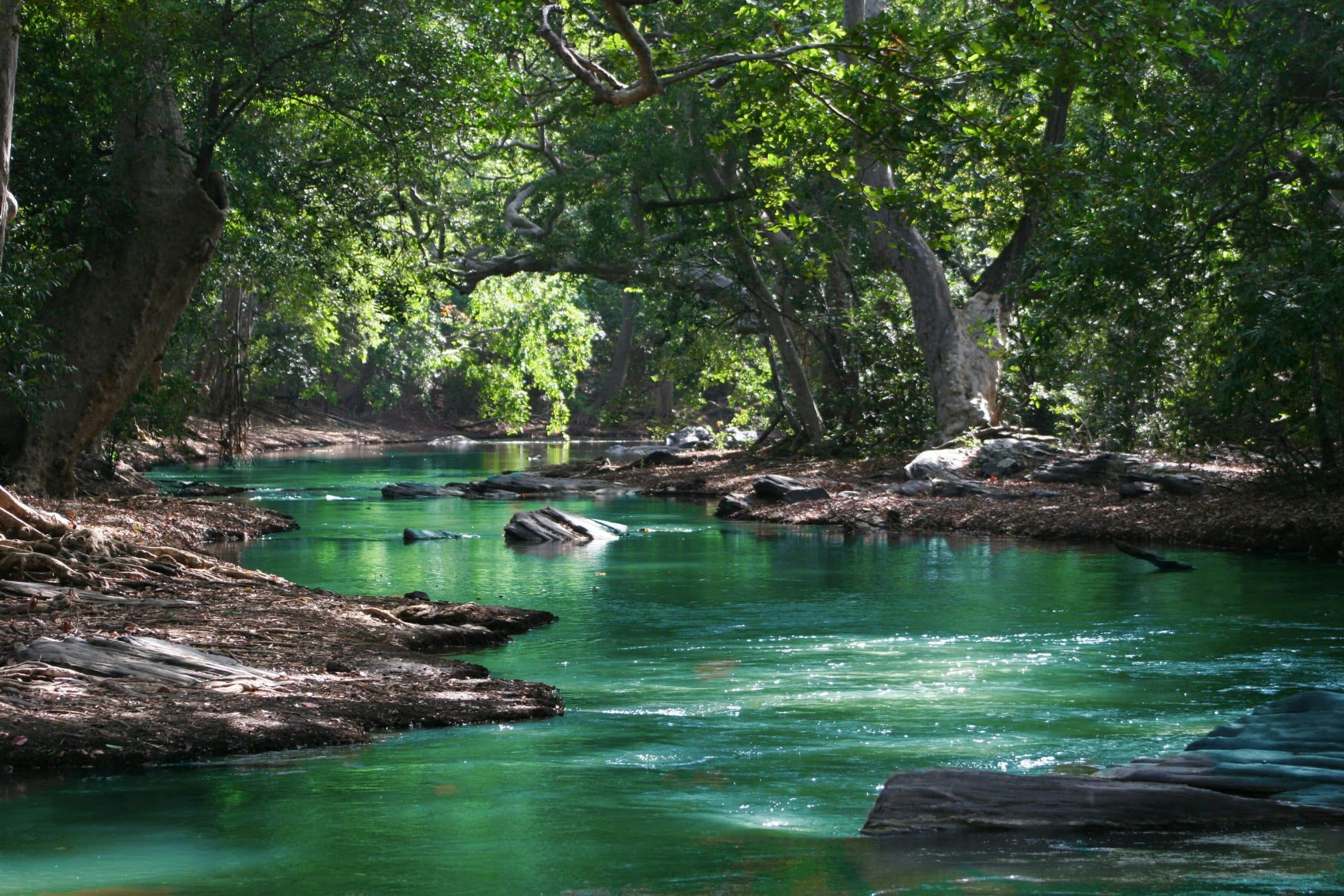How to Design a Fire-Resistant Landscaping Plan for Wildfire-Prone Areas?

Homeowners living in wildfire-prone areas must prioritize creating a defensible space around their homes. This preventative measure is not simply for aesthetics or curb appeal; it’s an integral part of protecting your home and property from the devastating effects of wildfires. For those unfamiliar with the concept, a defensible space refers to the area around a house that has been modified to reduce fire hazard. By carefully selecting fire-resistant plants, properly spacing your landscaping features, and using non-combustible materials, you can make your home less vulnerable to the threat of wildfires.
Understanding Fire-Resistant Landscaping
Before we delve into the specifics of fire-resistant landscaping, we first need to understand the principles behind it.
En parallèle : How to Create a Space-Saving Fold-Down Desk in a Tiny Bedroom?
When designing a fire-resistant landscape, the goal is to create a defensible space around your home. This space serves as a buffer zone that can slow or halt the spread of wildfire, helping to keep your house safe.
Fire-resistant landscaping is not about eliminating all plants or trees in the vicinity of your house; rather, it’s about strategically placing them to reduce fire risk. It also involves choosing plants that are less likely to ignite and ensuring that they are well-maintained.
En parallèle : How to Construct a Durable and Stylish Outdoor Deck from Composite Materials?
Choosing Fire-Resistant Plants and Trees
The choice of plants and trees can significantly influence your landscape’s fire resistance. While no plant is entirely fireproof, some are more fire-resistant than others. Fire-resistant plants are those that remain moist and do not accumulate dead wood or leaves. They also have a low sap or resin content.
Hardwood trees like maple, poplar, and cherry are less flammable than pine, fir, and other conifers. Shrubs such as hedging roses, bush honeysuckles, currant, cotoneaster, sumac, and shrub apples are good choices for fire-resistant plants.
When planting, consider the mature height of the plant to ensure they are not too close to your home. Generally, trees should be at least 10 feet away from other trees, and shrubs should be spaced apart by at least twice the shrub’s mature height.
Strategically Spacing Your Plants
The proper spacing of plants is another critical component of fire-resistant landscaping. The objective is to prevent a fire from spreading rapidly from one plant to another or from a plant to your house.
In the defensible space closest to your home (0-30 feet), use low-flammability plants, keep them well-irrigated, and space them widely apart. The next zone, extending 30-100 feet from the house, should contain low-growing plants and well-spaced trees. If you have a lot of property extending beyond 100 feet, this is the zone where you can place more of the natural vegetation, but still keeping an eye on the spacing and maintenance.
Using Non-Combustible Landscaping Materials
In addition to choosing the right plants and ensuring they are appropriately spaced, you also need to consider the materials used in your landscaping.
To create a fire-resistant landscape, opt for non-combustible materials such as rock, stone, and gravel in your design. These materials can serve as fire breaks, slowing or stopping the fire’s progress.
Avoid using combustible materials such as certain types of mulch, especially within five feet of a home or structure. Instead, use materials like crushed stone or gravel.
Regular Maintenance to Keep Your Landscape Fire-Resistant
An essential part of having a fire-resistant landscape is regular maintenance. Even if you have chosen the most fire-resistant plants, planted them at the correct distances, and used non-combustible materials, all these efforts will be in vain if you do not maintain your landscape regularly.
Keep your plants well-watered and healthy. Regularly prune trees and shrubs to remove dead branches, leaves, and twigs that could easily ignite if a fire were to occur. Clear your gutters of leaves and other plant debris as these can also be potential fire hazards.
In conclusion, fire-resistant landscaping is an effective way to protect your home from wildfires. By choosing fire-resistant plants and trees, properly spacing them, using non-combustible materials, and regular maintenance, you can create a defensible space that can help keep your home safe from wildfires.
Implementing FireSmart Principles in Landscape Design
Putting into practice the principles of FireSmart in your landscape design is another crucial step towards creating a fire-resistant area around your home. FireSmart is a program developed by the Canadian Partnership for Wildland Fire Science, aiming to reduce the risk of fire damage to homes located in wildfire-prone areas.
Applying these principles can help homeowners live more safely in wildfire-prone areas and reduce their home’s risk of being destroyed by fire. The FireSmart principles revolve around the idea of creating a defensible space around your home, similar to what was discussed earlier.
The principles suggest dividing your property into three priority zones. Zone 1 is the area closest to your home, extending up to 30 feet from the house. Here, it’s recommended to keep the area clear of flammable vegetation and materials, and only fire-resistant landscaping should be used.
Zone 2 extends from 30 feet to 100 feet from your home. In this area, the recommendations include keeping lawns mowed and watered, trees and shrubs pruned, and storage of combustible materials away from the zone.
Finally, Zone 3 covers the area from 100 feet to 200 feet from your home. The aim in this zone is to thin the area of trees and large shrubs, reducing the likelihood of a ground fire escalating into a crown fire.
Fire-Safe Landscaping and Community Safety
While individual homeowners can make significant strides in fire resistance by following the guidelines outlined here, a community-wide effort can provide an even greater level of protection. This is particularly important in subdivisions and neighborhoods where homes are close together.
By employing fire-safe landscape design principles at a community level, the collective defensible space is significantly increased, providing a larger buffer that can slow or halt a wildfire’s progress. The use of fire-resistant plants, the strategic placement of trees and shrubs, and the application of non-combustible materials can all contribute to a community’s fire safety.
Local fire departments and state university extension services often provide resources and training to help communities develop fire-safe landscaping plans. Utilizing these resources can help ensure that measures taken are appropriate for the local climate and vegetation types.
Conclusion
In wildfire-prone areas, fire-resistant landscaping is not a luxury—it’s a necessity. The creation of a defensible space around your home using fire-resistant plants, strategically placed trees and shrubs, and non-combustible materials can substantially increase your home’s chances of surviving a wildfire.
Remember, it is not just about the initial design, but regular maintenance is also pivotal for keeping your landscape fire-resistant. Stay proactive with a routine that includes watering, pruning, and removal of dead plant material.
But fire safety doesn’t stop at your property line. Consider reaching out to neighbors and local organizations to promote fire-safe practices throughout your community. By working together, we can all play a part in safeguarding our homes, properties, and communities against the threat of wildfires.
